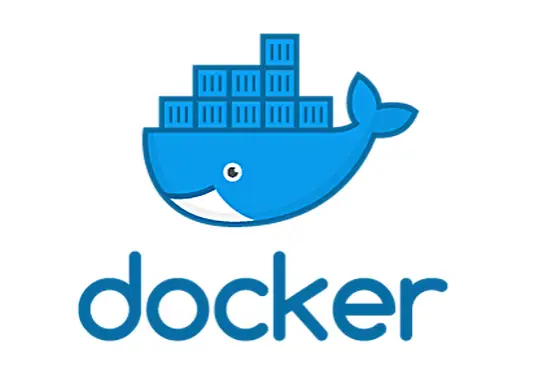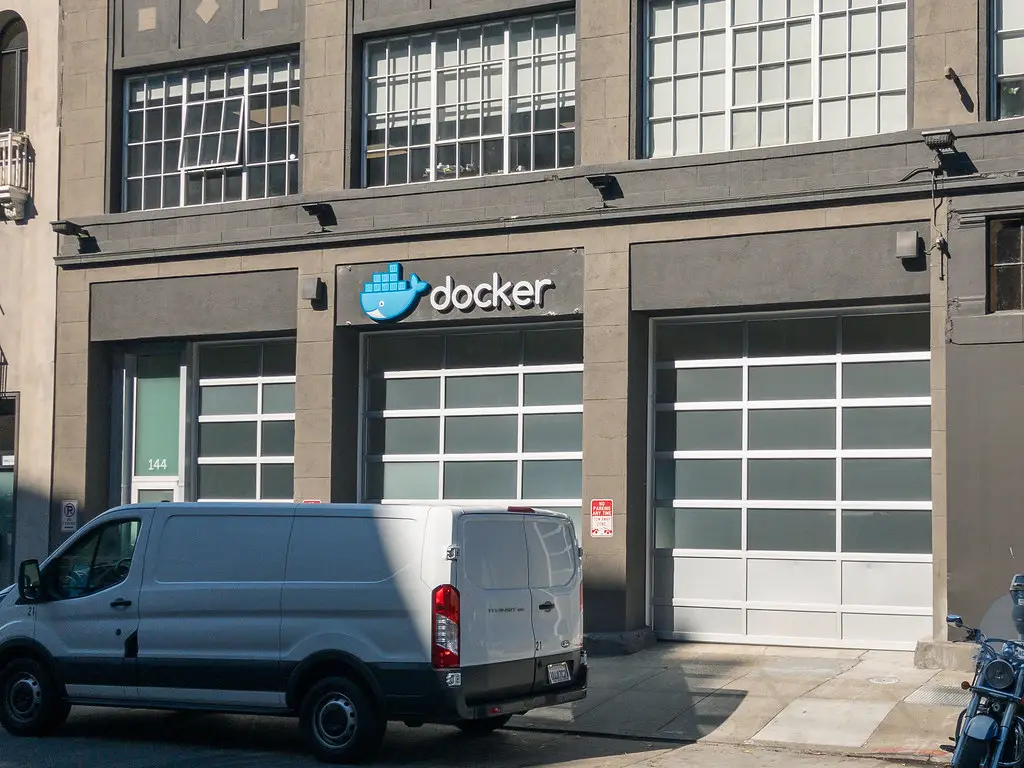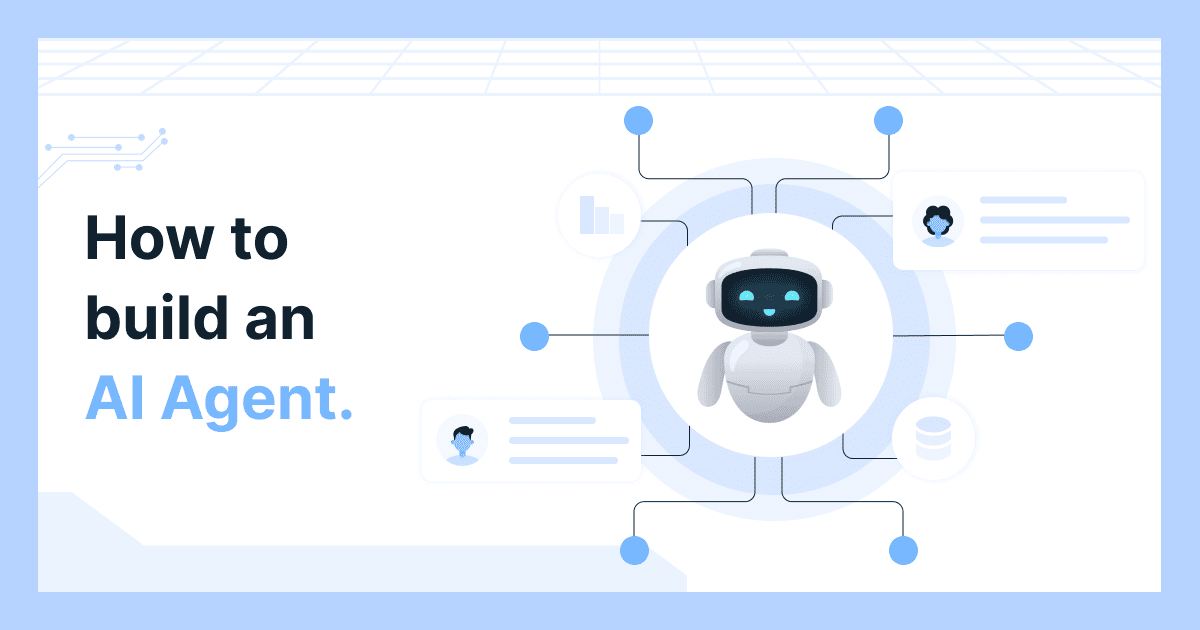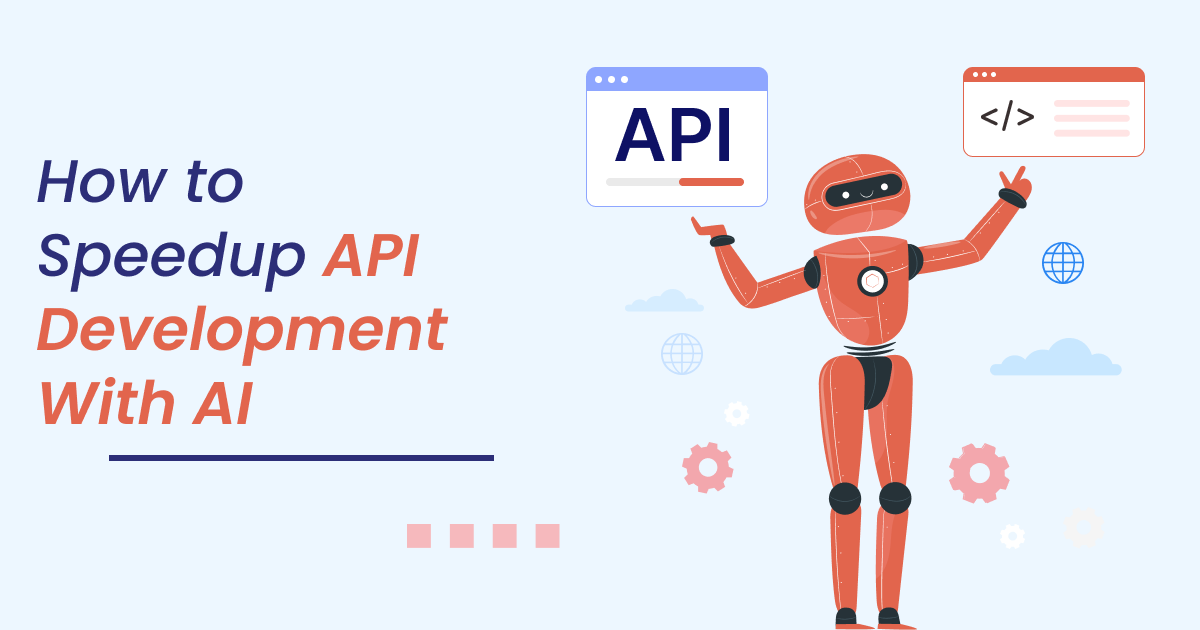What is Docker?
It’s a tool intended to make it easier to create, organize, and run applications by using containers. Containers permit a developer to package up a request with all of the parts it needs, such as libraries and other dependencies and send it all out as one parcel. By doing so, thanks to the container, the developer can rest confident that the application will run on any other Linux machine in spite of any modified settings that machine might have that could vary from the machine used for the script and testing the code.
In a manner, Docker is a bit like a virtual machine. But not like a virtual machine, rather than creating an entire virtual operating system, Docker allows applications to use the identical Linux kernel as the system that they’re consecutively on and only require applications be shipped with possessions not previously running on the host computer. This gives a major performance boost and reduces the amount of the application.
And notably, Docker is open source. This means that someone can donate to Docker and make bigger it to meet their own needs if they need supplementary features that aren’t accessible out of the box.
Docker and Security
Docker brings protection to applications running in a public environment, but containers by themselves are not a substitute for taking good security actions.
Dan Walsh, a computer security leader top known for his work on SELinux, gives his viewpoint on the significance of making sure Docker containers are secure. He also provides a comprehensive collapse of security features currently within Docker, and how they function.
Docker is a containerization platform that parcels your application and all its dependencies mutually in the form of a docker container to make sure that your application works flawlessly in any environment.
What is Container?
Docker Container is an identical unit which can be created on the fly to position a picky application or environment. It may perhaps be an Ubuntu container, CentOs container, etc. to full-fill the prerequisite from an operating system point of view. Also, it might be an application slanting container like CakePHP pot or a Tomcat-Ubuntu container etc.
Let’s understand it with an example:
A company needs to develop a Java Application. In order to do so, the developer will group an environment with tomcat server installed in it. Once the application is urbanized, it needs to be experienced by the tester. Now the tester will again set up tomcat environment from the nick to test the application. Once the application testing is done, it will be deployed on the invention server. Again the invention needs an environment with tomcat installed on it so that it can horde the Java application. If you notice the identical tomcat setting setup is done thrice. There are a number of issues that we have scheduled below with this approach:
1) There is a slaughter of time and attempt.
2) There could be a version disparity in different setups i.e. the developer & tester may have installed tomcat 7, on the other hand, the system admin installed tomcat 9 on the invention server.
Now, We will explain to you how Docker container can be used to avoid this loss.
In this case, the developer will generate a tomcat docker picture ( A Docker picture is nothing but a proposal to put in order multiple containers of the same configurations ) using a base picture like Ubuntu, which is previously obtainable in Docker Hub (Docker Hub has some base docker imagery on hand for free). Now, this picture can be used by the developer, the tester and the system admin to arrange the tomcat atmosphere. This is how a docker container solves the difficulty.
On the other hand, now you would imagine that this can be completed by means of Virtual Machines as well. However, there is a no-win situation if you decide to use a virtual machine.
Let’s see an evaluation between a Virtual machine and Docker Container to be aware of this better.

What is Docker Picture?
Docker picture can be compared to a guide which is used to produce Docker Containers. They are the structure blocks of a Docker Container. These Docker imageries are formed using the put together commands. These Read only templates are used for creating containers by the run command. We will discover Docker commands in deepness in the “Docker Commands blog”.
What is Docker Container?
Containers are the prepared applications fashioned from Docker Images or you can say a Docker Container is an operation example of a Docker picture and they grasp the whole package needed to run the application. This happens to be the last usefulness of Docker.
What is Docker Registry?
Finally, Docker Registry is where the Docker images are stored. The Registry can be either a user’s local storehouse or a public storehouse like a Docker Hub allowing several users to work together in the construction of an application. Even with numerous teams contained by the same organization can swap over or share containers by uploading them to the Docker Hub. Docker Hub is Docker’s very possess cloud storehouse similar to GitHub.
We at Digitalogy also wrote about DevOps and it’s importance which explains it in complete detail, discusses its benefits, acceptance and user experience.
What is Docker Architecture?
Docker Architecture includes a Docker client – used to activate Docker commands, a Docker Host – in succession the Docker Daemon and a Docker Registry – storing Docker imagery The Docker Daemon running inside Docker Host is in charge for the descriptions and containers.
- To construct a Docker picture, we can use the CLI (client) to copy a build command to the Docker Daemon (an organization on Docker_Host). The Docker Daemon will then put up a picture based on our inputs and keep it in the Registry, which can be either a Docker hub or a confined repository
- If we do not wish to produce a picture, then we can just drag a picture from the Docker hub, which would have been built by a special user.
- Lastly, if we have to form a running case of my Docker picture, we can copy a run command from the CLI, which will craft a Docker Container.
This is the trouble-free functionality of Docker :).
Not sure about where to find and Hire a Docker expert or Hire a docker specialist? Just sit back and relax after posting your requirements at Digitalogy. We’ll make sure we connect you with the perfect Docker partner for you as per your requirements.







